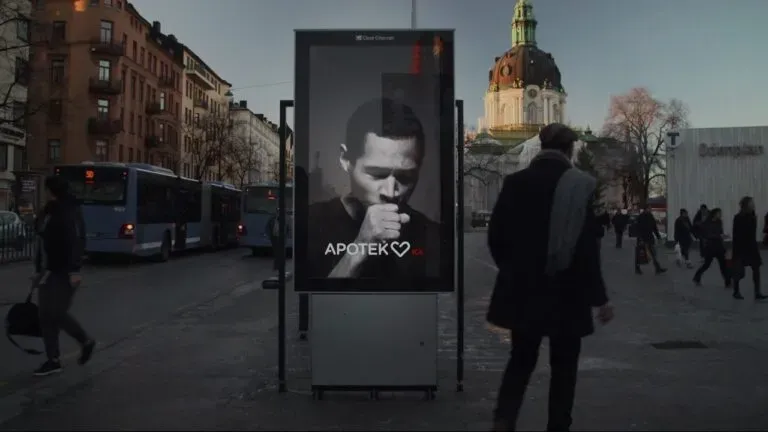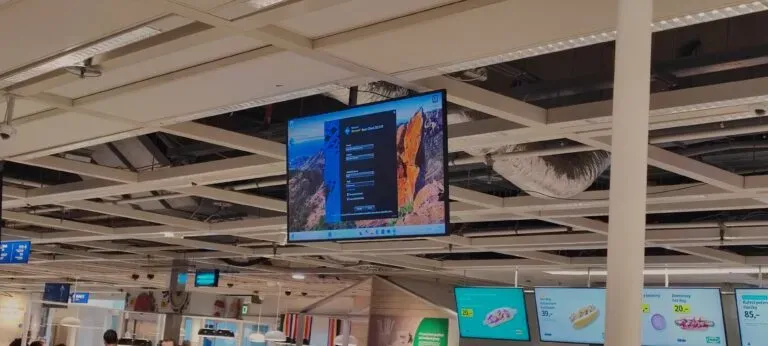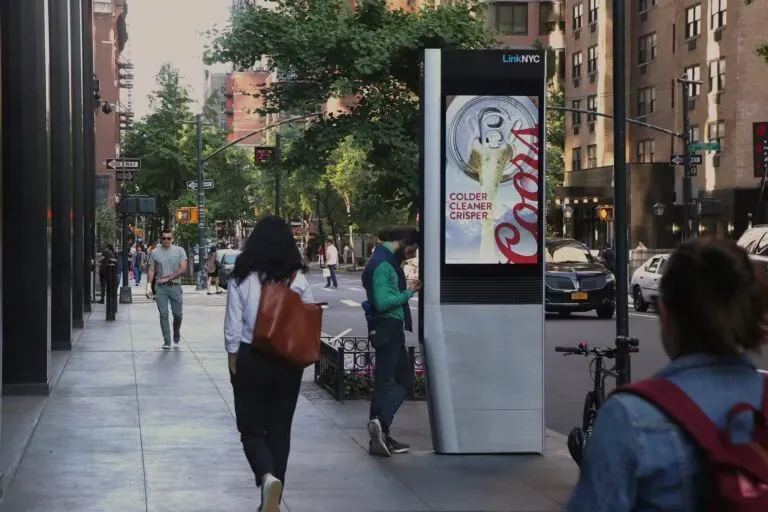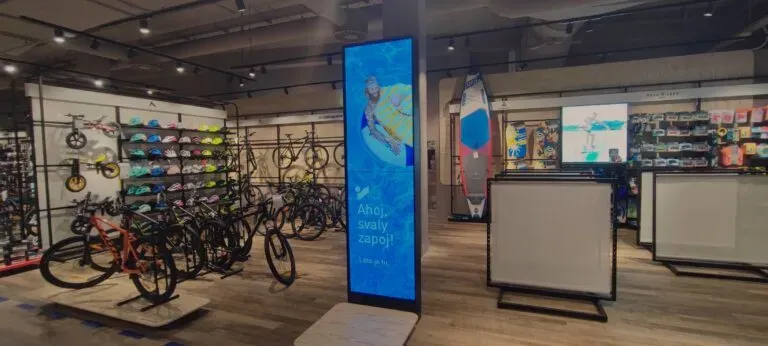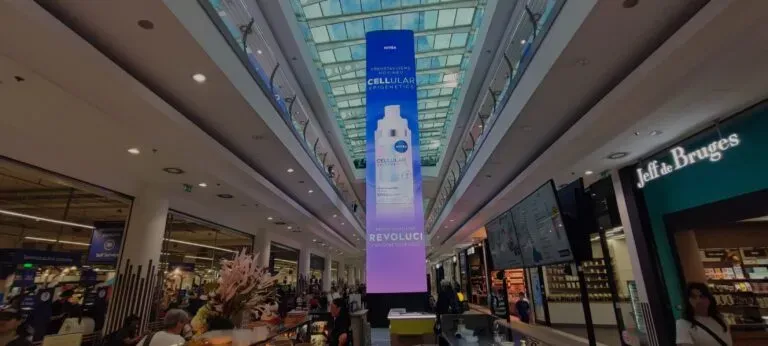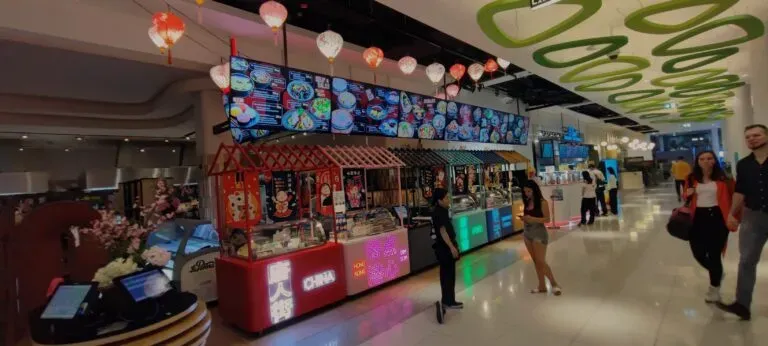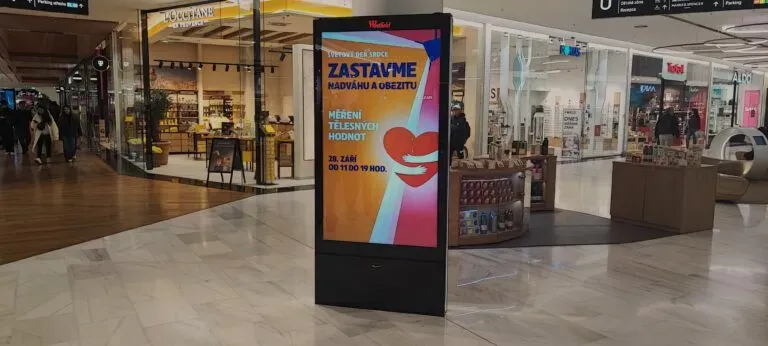LED screen: 5 factors that affect energy consumption
LED screen: In 2025, the market of visual equipment technology can offer different solutions.
An LED screen is a modern tool for visual communication, which consists of thousands of light-emitting diodes forming a bright dynamic image. Such screens are actively used both indoors and outdoors for broadcasting advertising, informational messages, navigation, and presentation content.
Unlike traditional displays, LED screens are distinguished by high brightness, excellent visibility even in direct sunlight, and a long service life. That is why today they have become an indispensable tool in the field of digital advertising (Digital Signage).
In this article, we will not only explain what forms the power consumption of LED panels, but also give recommendations on the optimization of expenses, using modern software for Digital Signage management and a properly selected player for digital signage.
What does the energy consumption of an LED screen depend on?
The energy consumption of an LED screen cannot be determined by a single universal indicator – it depends immediately on a number of technical and operational factors:
1. Brightness. This is the key parameter that most influences the electricity costs. For outdoor solutions, which must compete with sunlight, brightness from 4000 cd/m² and higher is required. At the same time, for interior LED panels it is sufficient to have 500–1500 cd/m², which significantly reduces energy consumption.
2. Type of LEDs. Modern new-generation SMD diodes have high luminous efficiency, which allows reducing the load on the power grid without loss of image quality. The use of innovative LED modules makes digital advertising more environmentally friendly and energy-efficient.
3. Content. Digital advertising with light, saturated shades and a predominance of white color will always consume more energy than static dark images. Dynamic video clips also require additional power compared to calm graphic content.
4. Type of screen and its purpose. Outdoor LED screens with increased brightness (from 5000 cd/m²) consume significantly more resources, since they have additional protection systems against dust, precipitation, and temperature fluctuations. Interior LED panels are much more economical in operation.
5. Mode and operating time. If the screen works 24/7 in maximum mode, electricity expenses will be significantly higher. The use of smart scenarios through software for Digital Signage management allows lowering brightness at night, setting a display schedule, and noticeably optimizing expenses.
Why is it important to consider energy consumption?
For owners of advertising companies and businesses, the costs of maintaining LED panels and Digital Signage systems can become a significant part of the budget. The correct calculation of consumed power allows you to:
– understand the economic feasibility of installing a large-format screen in a specific location;
– form a realistic budget for digital advertising, taking into account not only the cost of equipment, but also regular electricity payments;
– optimize the choice of hardware and software solutions – from the digital signage player and content to energy-efficient models of displays.
When buying or renting an LED screen, you should pay attention not only to the price of the equipment and its resolution, but also to energy consumption indicators, as these determine the long-term expenses of a business.
How to calculate the power consumption of an LED screen?
Calculating the power consumption of an LED screen is an important step for owners of media façades for shopping malls, advertising agencies, digital signage administrators, or integrators of digital solutions. Modern Digital Signage systems integrate both saving modes and energy consumption analytics, but for basic calculations you can use a simple step-by-step instruction.
1. Determine the type of screen and power per square meter
Most manufacturers of LED screens indicate maximum and average power consumption per 1 m² in their specifications. For example, for a media façade for a shopping mall or a standard video wall, the data is as follows:
– Maximum power: 800–1200 W/m².
– Average consumption: 200–450 W/m².
Information about a specific model can be found in the documentation or with the help of software for LED screens, which often has energy monitoring modules.
2. Calculate the screen area
The area is determined by multiplying width by height (for example, 4 m × 3 m = 12 m²). This approach is equally suitable for advertising displays and large integrated media façades in shopping malls.
3. Find the average power requirement
Apply a simple formula:
Average consumed power (W) = Area (m²) × Average power (W/m²)
For example, for a 12 m² screen and an average power of 350 W/m²:
12m² × 350W/m² = 4200W (4.2kW)
4. Take into account operating duration
To calculate the actual daily/monthly costs for your Digital Signage system:
– Daily consumption (kWh): Power (kW) × Operating time (hours)
– Monthly consumption: Daily × Number of days
Example:
4.2 kW × 10 h/day = 42 kWh/day
42 × 30 = 1260 kWh/month
Such data allows you to accurately plan your digital advertising budget and choose the most economical player for indoor audio and optimal software for LED screens.
Additional aspects for calculation
– Different media façades for shopping malls, screen complexes, or audio ecosystems require considering also the fill factors (active diodes) and content modes, which can be analyzed in detail through modern software for LED screens.
– A quality player for indoor audio can synchronize with the Digital Signage system, taking into account factors of automatic brightness/volume reduction at different times of day.
Even a basic self-calculation will help to understand the real energy costs of your screen and increase the efficiency of using digital solutions.
What to pay attention to for reducing the energy consumption of LED screens?
In the modern conditions of wide use of screens for advertising and integration of smart Digital Signage solutions, the issue of optimizing energy costs is playing an increasing role for businesses and organizations. Electricity expenses have a direct impact on a company’s budget and environmental footprint, so effective resource management becomes a task for any team using Digital Signage.
Adjusting brightness depending on lighting
The most modern LED screens for advertising are equipped with sensors that track the level of external illumination and allow flexible control of the display brightness – automatically or manually through a centralized video management system.
Reducing brightness in the evening or in low daylight significantly saves energy without reducing image quality. Together with a CMS (Content Management System), this helps to implement smart display scenarios which adjust to the business’s conditions and needs.
Use of energy-saving modes and work schedules
Almost all modern Android media players and specialized Android boxes for Digital Signage are equipped with energy-saving modes (“sleep”, “auto-off”) and support scheduling. These functions allow you to switch off or put into sleep mode the screens and even separate segments of the system when they are not in use – for example, at night or on weekends.
All this is easily configured through the CMS, which provides centralized control over the network of devices even in large stores or shopping and entertainment centers.
Influence of content on energy consumption
The content broadcasted on advertising screens also needs to be considered when planning energy costs. Extremely bright colors, large white areas, as well as dynamic videos and animations use significantly more electricity than static or dark images.
With optimization and statistics tools in a modern CMS, it is possible to analyze the effectiveness of content not only from an advertising, but also from an energy point of view. This allows not only to save money, but also to make Digital Signage more environmentally friendly.
Selection of equipment and new-generation technologies
Proper selection of components – from the LED display itself to accompanying devices – is crucial for energy efficiency. By choosing a latest-generation Android box, a smart media player, or an LED screen with increased efficiency, an organization is immediately investing in lower costs in the future. New panel models, efficient power supplies, and modern drivers can reduce average consumption by 20–30% without loss of broadcast quality.
High-quality and regular maintenance
Regular maintenance and cleaning of screen modules, inspection of the operation of Android media players, replacement of outdated elements, and timely checking of the heat dissipation system – all this helps keep Digital Signage solutions in optimal shape. Contamination, dust, poor cooling create additional load on components, which directly leads to increased energy consumption.
In summary, it is worth noting: modern technologies and properly organized management allow to significantly reduce electricity costs even when operating a large network of screens. A rational approach to equipment selection, content optimization, and timely maintenance will help an organization not only save money, but also make its business more modern and environmentally responsible.
In the end, even minor changes in the strategy for operating digital screens can bring a noticeable result and contribute to the sustainable development of the company.
Advision — Content Management System for remote management, media planning of video and audio content broadcasting and Supply-Side Platform for monetization of advertising time. We help Digital Signage owners and DOOH advertising operators earn on advertising placement, automate workflows and build a reliable media infrastructure using our own software solutions.
Contact us if you want to increase your profit and implement the most modern technologies to solve problems!
Share the news










